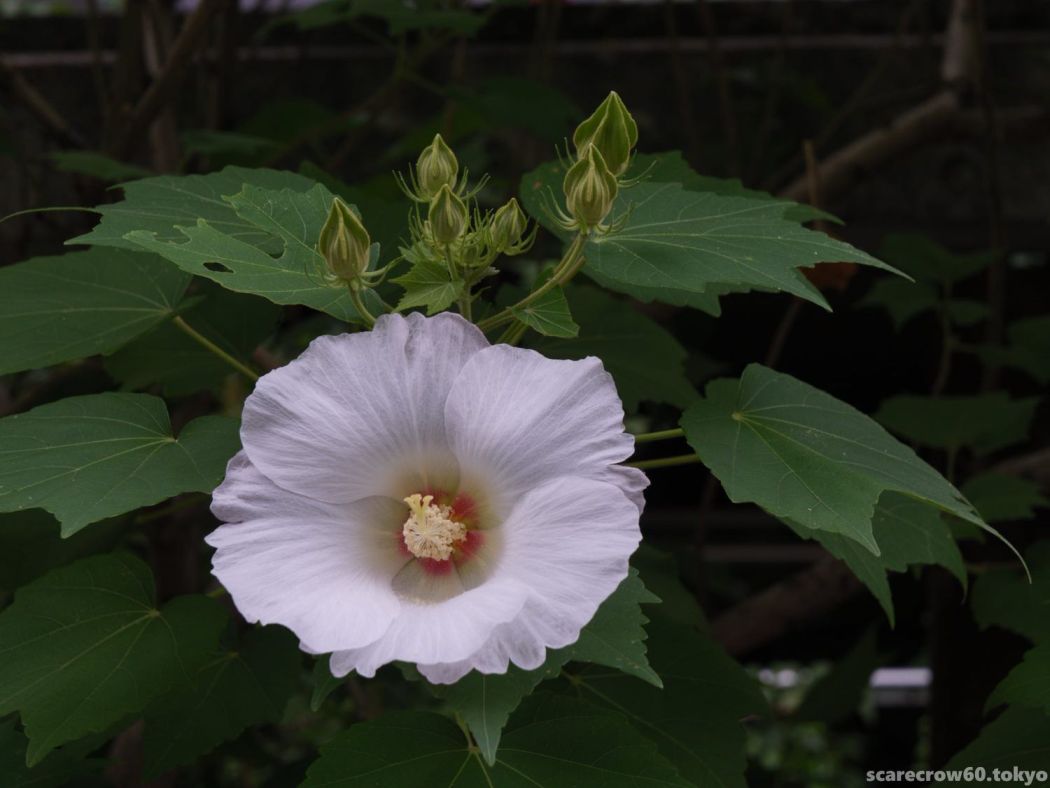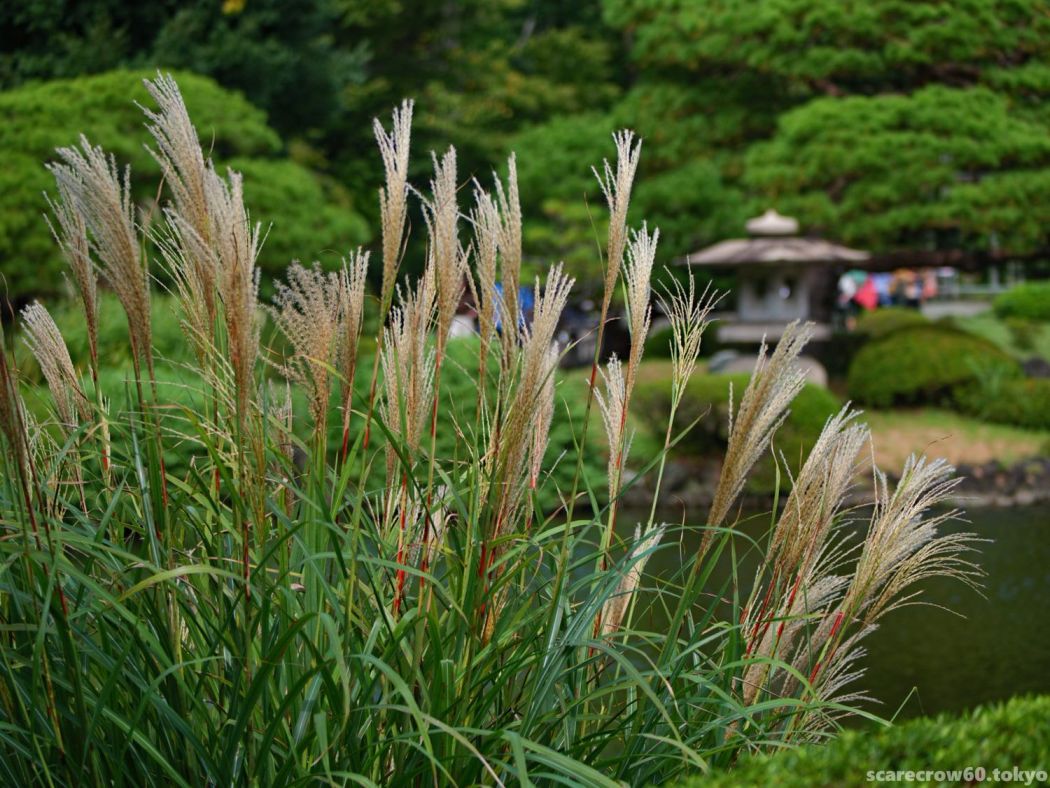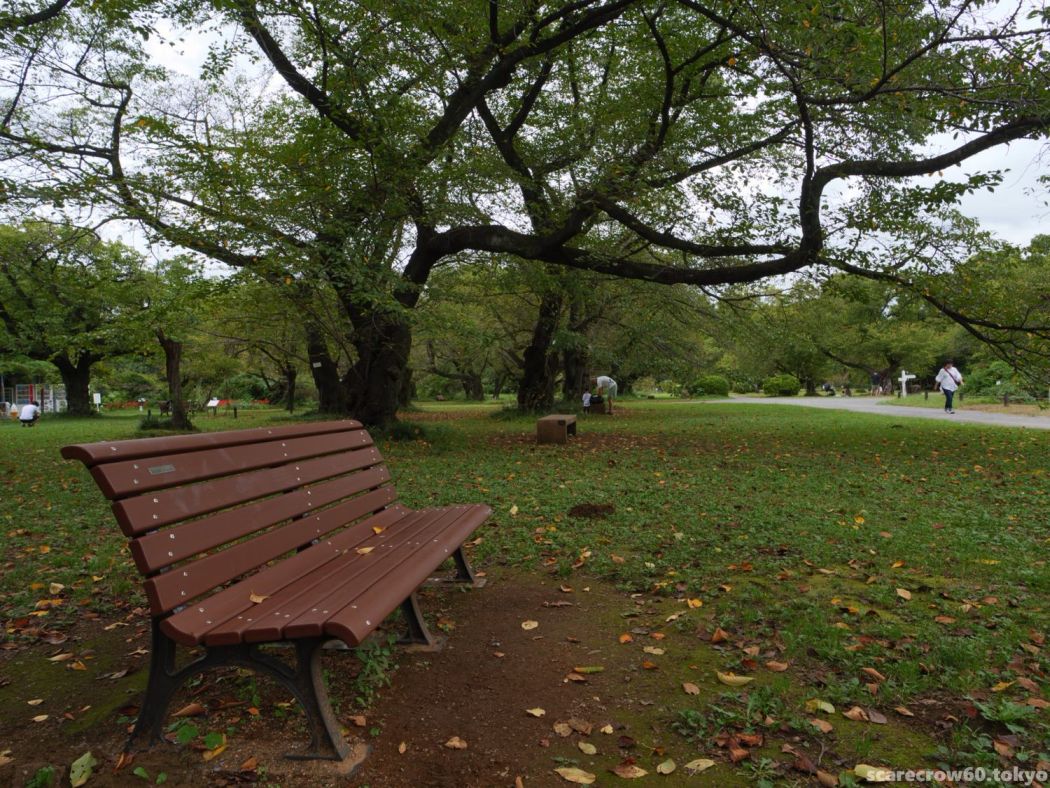The daytime temperatures are not exceeding 30 degrees Celsius anymore, and my shoulder is feeling a little better, so I am resuming my Tokyo photo walks with my camera in hand, albeit with some trepidation. I am still not confident enough to carry the K-3III, so I am using the lightweight Lumix G99 for the time being to see how it goes and to rehabilitate myself little by little.
This time, I plan to visit the Koishikawa Botanical Garden under the guise of visiting the footsteps of Dr. Tomitaro Makino of the University of Tokyo, who became very popular as a model for the NHK drama “Ranman”. However, the garden is a bit far from Hakusan Station on the Subway Line, so after much deliberation and checking with a map, I decided to stop by Hakusan Shrine on the way to the garden.
Hakusan is one of the “unexplored areas” for me remaining in the city of Tokyo, and it is a quiet residential area in Bunkyo Ward, one step off the main road.
At the end of the street you can see the torii gate of Hakusan Shrine, and just before the gate on the right, I noticed a house with a beautiful array of white flowers in the yard. A woman, who I assumed to be the owner of the house, was cleaning up fallen leaves at the eaves of the house, so I called out to her.
“I am sure this is a hibiscus flower. May I take your picture?”
“Please do. The flowers are white now, but as time goes by, the petals gradually change color and turn vermilion. They are called ‘drunken’ hibiscuses because they look like drunks,” she said, graciously allowing me to take pictures and explaining about them. The Hakusan madam is elegant, intelligent, and sociable.
The grounds of the shrine are not very large, but they are quiet and neat.
The hedge around the water was an interesting sight.
Ema (votive tablet) is a common feature of shrines, and there are many of them here. What is the name of the pretty flower in the foreground? As usual, I do not know its name.
So, I’m going to end this snapshot at Hakusan Shrine and head toward the Koishikawa Botanical Garden. We will descend quite a bit along a small path from the side of the shrine grounds.
Once down the hill, cross the busy Hakusan Street and continue through the residential area. The residential code for this area is Hakusan 4-chome, and this time it turns around and goes uphill. It is called “Itsumizaka”, and a signboard was attached to explain it by local government.
Because of its long history as the capital since the Edo period, you can find these historic place names all over Tokyo if you are so inclined. It is difficult to be aware of the difference in elevation just by looking at a map, but there are indeed many slopes with the name “xx slope” because they are surprisingly undulating.
If you go straight down this slope, you will come to the Koishikawa Botanical Garden. I will continue this story in the next issue.



